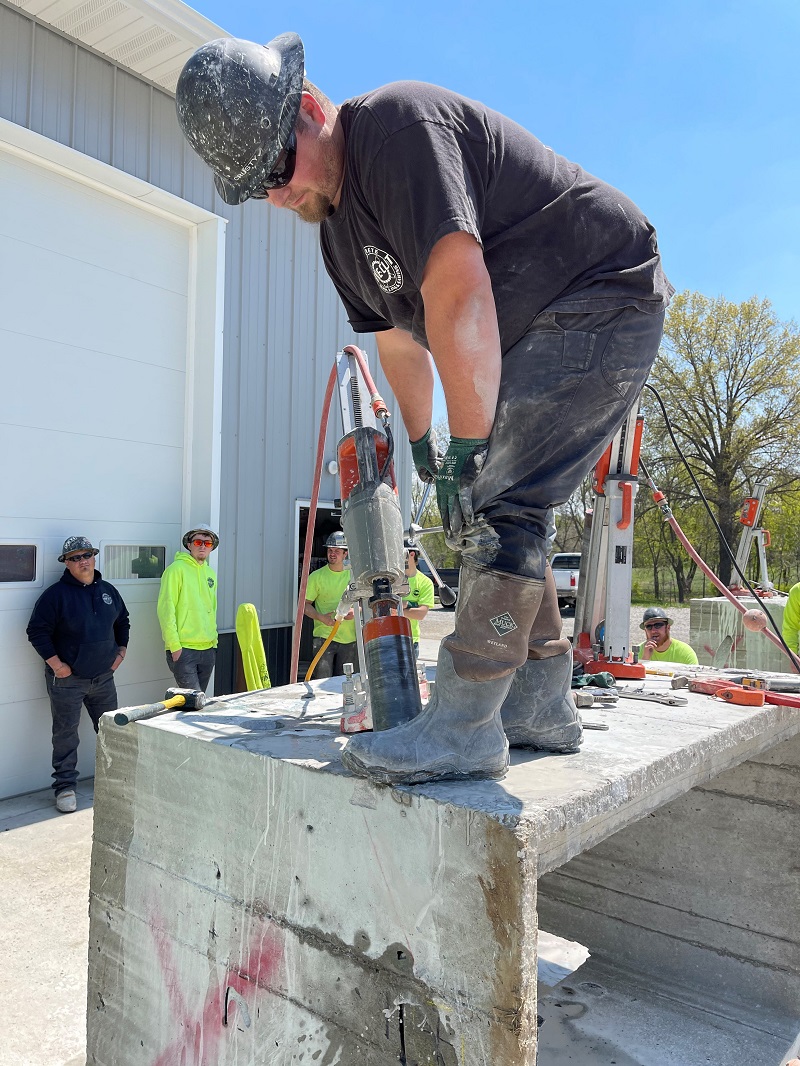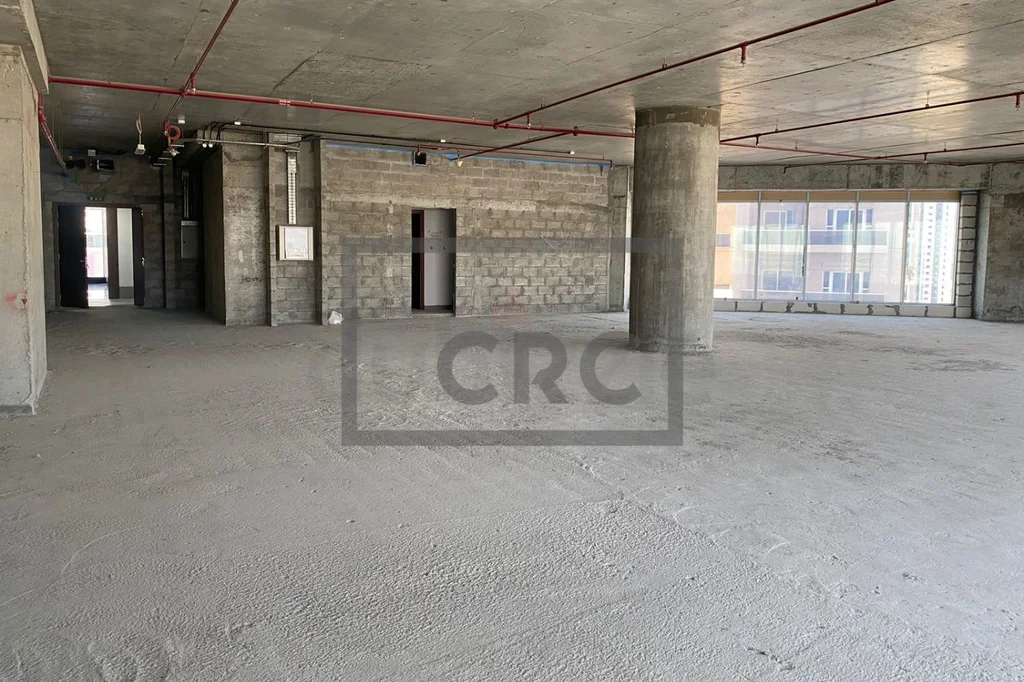

Sometimes the base-build perimeter walls will be plasterboard lined, taped and jointed, with windows and cills installed, but the occupier will be responsible for all other works. There may be main mechanical plant externally for a tenant to connect to, but this will be the tenant’s responsibility. Shell and Core usually comprises: the structure, cladding, base plant, completed common areas and external works. It’s essentially a shell – a blank canvas without services (lights, air conditioning and so on) for the occupier and their fit-out partner to tailor as required. Shell and Core is the most basic condition in which to take space. We’re highly experienced in all levels of fit out, so we can guide you through the decision-making process and even take care of the build – let’s talk. The difference between Shell & Core, CAT A, CAT A+ and CAT Bĭepending on the level of completion, and the occupant’s interior specification, there’s a range of fit-out categories to choose from – Shell and Core, CAT A, CAT A+, Plug and Play and CAT B. The Covid pandemic accelerated this change, and we’re now seeing a far more collaborative approach between landlords and their tenants. More recently Plug and Play suites have grown in popularity, where – rather than just marketing space on a Cat A specification – landlords offer fully fitted and furnished suites on flexible terms. Next we saw Managed Offices, where a single operator would take care of all property, facilities, fit out and running costs for an occupier – for a monthly fee. This suited entrepreneurial start-ups, giving them the flexibility to expand or contract their workspace with the business. Early on, Regus-style offerings sprang up, where firms of any size could take furnished or unfurnished suites on short-term deals. Dynamic, forward-thinking businesses refuse to accept 10 or 15-year leases and the obligations of their archaic legal documents. In recent years, however, landlords, funds and investment firms have started adapting their approach. Historically, office leases have been some of the most complex legal property documents – creating considerable time lags between making an offer, signing the lease, and tenants moving in, particularly in prestigious City Centre locations.

Reduced headcount and an increase in remote working means that many businesses are now rethinking their property portfolios and demanding different functions and efficiencies for their workspaces. Facilitating agile and flexible working, and improving employee wellbeing, have moved far higher up the priority list particularly given the post Covid world. But location decisions have become far more complex. In the past businesses traditionally chose office locations based on proximity to clients, historical location, transport hubs, marketing impact or even the CEO’s commute. As the way we work continues to evolve, landlords need to think creatively about the tenants they can attract, and invest in a workspace that fits the bill. In office developments, the type of fit out depends on the landlord’s needs, and those of the tenant or occupier and their workforce. ‘Fit out’ is the process of making interior spaces suitable for occupation.


 0 kommentar(er)
0 kommentar(er)
